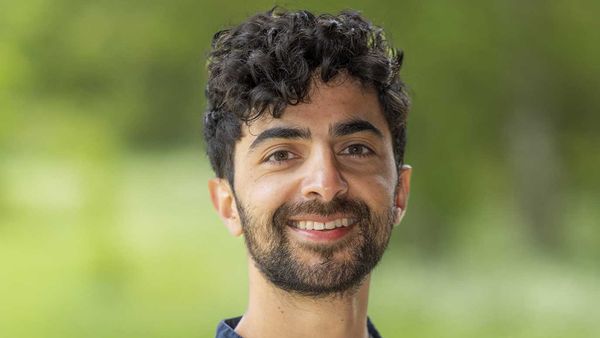Scientists map cancer drug resistance and highlight potential solutions

Drug holidays have also been mooted as a way to reverse addiction and set sufferers on a new and effective path to potential cures.
The new large-scale study by researchers from the Wellcome Sanger Institute, EMBL’s European Bioinformatics Institute (EMBL-EBI), Open Targets and collaborators used CRISPR gene editing to map the genetic landscape of drug resistance in cancers – focusing on colon, lung, and Ewing sarcoma.
All cancer mutations that cause drug resistance fall into one of four categories and the new research has detailed each type, helping to uncover targets for drug development and identify potential effective back-up treatments.
The research, published today in Nature Genetics, investigated the effect of mutations on the sensitivity to 10 cancer drugs, also identifying possible effective second-line treatments based on a person’s genetic makeup.
By understanding the mechanisms of how cancers become resistant to treatment, researchers can identify new targets for personalised therapies, help treat patients based on their cancer's genetic makeup, give second-line treatment options to those who currently have none, and help further research to develop next-generation cancer drugs that could avoid drug resistance emerging.
One of the major challenges in cancer treatment is drug resistance. Mutations in cancer cells mean that over time they become less responsive to therapies.
After cancer has become resistant to the initial treatment, the following therapies are known as second-line therapies and options for these can be limited.
Understanding what molecular changes are causing the resistance and what can be done to tackle this, can help uncover new options and inform clinical pathways for specific mutations.
However, current methods for identifying drug-resistance mutations require multiple samples from patients collected over a long time, making this a time-consuming and difficult process.
The DNA detectives probed the impact of multiple drugs across human cancer cell lines and organoid cell models.
They found that cancer mutations fall into four different categories depending on the impact of the DNA change. Drug resistance mutations, otherwise known as canonical drug resistance mutations, are genetic changes in the cancer cell that lead to the drug being less effective. For example, changes may mean a drug can no longer bind to its target in the cancer cell.
Drug addiction mutations lead to some of the cancer cells using the drug to help them grow, instead of destroying them. The new research supports the use of drug holidays in the case of drug addiction mutations, which are periods without treatment. This could help destroy the cancer cells with this type of mutation, as the cells are now dependent on the treatment.
Driver mutations are gain-of-function genetic changes that allow cancer cells to use a different signalling pathway to grow, avoiding the pathway that the drug may have blocked.
Lastly, drug sensitising variants are genetic mutations that make the cancer more sensitive to certain treatments and could mean that patients with these genetic changes in their tumour would benefit from particular drugs.
Colon, lung, and Ewing sarcoma cancer cell lines are all prone to developing resistance and have limited second-line treatments available.
The team used 10 cancer drugs that are either currently prescribed or going through clinical trials to help highlight if any of these could be repurposed or used in combination to address resistance, decreasing the time it would take to get any potential treatments to the clinic.
Understanding more about the four different types of DNA changes can help support clinical decisions, explain why treatments are not working, support the idea of drug holidays in certain patients, and help develop new treatments.
This knowledge also helps accelerate drug companies' research into next-generation cancer inhibitors that could better avoid drug resistance.

Dr Matthew Coelho, first author from the Wellcome Sanger Institute and Open Targets, said: “Cancer cells developing resistance to treatments is a huge problem, and having a rapid way to identify these mutations in patients and understand how to combat them is key to treating cancer.
“Our study details how mutations fall into four different groups, which might need different treatment plans. For example, if there are drug addiction mutations, taking a break from treatment may help.
“By using cutting-edge genetic techniques, we have started to build a large-scale and rapid way to understand drug resistance and hopefully find new targets for second-line treatments.”
Dr Mathew Garnett, senior author from the Wellcome Sanger Institute and Open Targets, adds: “Before this study, it has been difficult to get a large-scale understanding of why and how drug resistance in cancer develops.
“This research brings us one step closer to being able to match combination or second-line therapies to a person's genetic makeup, to try and ensure that treatments are as effective and personalised as possible.
“Additionally, we believe that our new systematic approach will be important for understanding genetic mechanisms of resistance to new drugs in the future. This could help even before the emergence of resistance in the clinic, and these early insights will improve developing cancer treatments.”

